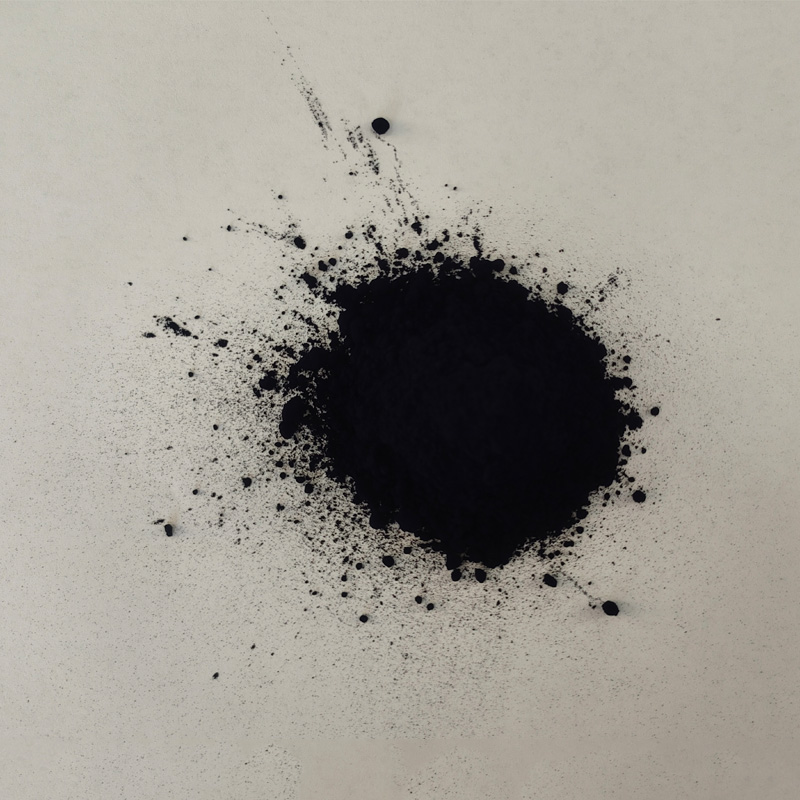Indigo Dyed Fabrics from China Embrace Tradition and Modern Design
The Rich Tradition of Indigo-Dyed Fabrics in China
Indigo dyeing holds a significant place in the rich tapestry of Chinese textile history. The practice, which dates back thousands of years, has evolved into a cultural emblem, illustrating not only the technical skill of artisans but also the socio-economic aspects of various regions. This article explores the history, techniques, and cultural importance of indigo-dyed fabrics in China, highlighting their continued relevance in modern fashion and home décor.
Historical Roots
The use of indigo as a dye can be traced back to ancient China, where it was used to create vibrant blue textiles that were highly prized among the elite. This natural dye, derived from the leaves of the indigo plant, became a staple in the textile industry. The process of dyeing was labor-intensive and required a deep understanding of chemistry and textile arts, contributing to the rise of specialized craftsmen.
Regions like Jiangxi, Guizhou, and Yunnan became famous for their indigo dyeing techniques, each developing unique methods that reflected local traditions and aesthetics. For instance, the Miao ethnic group in Guizhou is renowned for its intricate batik techniques, where wax is used to create patterns before the fabric is dyed. This combination of skill, artistry, and cultural significance makes indigo-dyed fabrics not just materials, but also a form of storytelling.
Techniques of Indigo Dyeing
The process of indigo dyeing involves several key steps, starting with the preparation of the fabric. Traditionally, cotton or hemp fibers are used as the base. After the fabric is woven, it is treated with a process called resist dyeing. This technique keeps certain areas of the fabric undyed, allowing for intricate designs that showcase the contrast between the indigo blue and the fabric's natural color.
The dyeing process itself requires multiple dips in the indigo vat. Each dip deepens the blue hue, a process that is both time-consuming and requires careful monitoring of the fabric’s exposure to air, as oxidation is essential for the dye to adhere. Skilled artisans have perfected this process over generations, creating fabrics with rich textures and vibrant colors.
china fabric dyed with indigo

Cultural Significance
Indigo-dyed fabrics are more than just textiles; they embody the cultural identity of various Chinese ethnic groups. Within different communities, these fabrics are often used in traditional clothing and ceremonial attire. Each piece of indigo-dyed fabric tells a story, reflecting the identities, beliefs, and customs of the people who wear them.
Furthermore, the resurgence of interest in sustainable fashion has brought indigo dyeing back into the spotlight. As consumers become more environmentally conscious, the natural and biodegradable nature of indigo dye resonates with a modern audience. Artisans across China are now seeing a revival of their craft, as both domestic and international markets seek unique, handcrafted textiles.
The Modern Revival
Today, indigo-dyed fabrics are experiencing a renaissance. Designers are incorporating traditional techniques into contemporary fashion, bridging the gap between ancient practices and modern aesthetics. This fusion not only preserves the craftsmanship but also elevates it to a global platform.
Artisans are increasingly collaborating with designers to create unique pieces that celebrate both the heritage and innovative spirit of indigo dyeing. This collaboration has led to the emergence of a new market, where fashion enthusiasts and collectors are eager to invest in handmade indigo textiles that carry a story of cultural significance and artistic craftsmanship.
Conclusion
The art of indigo-dyed fabrics in China encapsulates a rich history filled with tradition, skill, and cultural narrative. As the world moves towards sustainable practices, the revival of this ancient craft signifies a broader movement to honor cultural heritage while innovating for the future. Indigos not only color our fabrics but also illuminate the enduring legacy of artisanship that defines the heart of Chinese textile art. By embracing and celebrating these rich traditions, both artisans and consumers can forge a deeper connection to the stories woven into the very fabric of our societies.
-
The Timeless Art of Denim Indigo Dye
NewsJul.01,2025
-
The Rise of Sulfur Dyed Denim
NewsJul.01,2025
-
The Rich Revival of the Best Indigo Dye
NewsJul.01,2025
-
The Enduring Strength of Sulphur Black
NewsJul.01,2025
-
The Ancient Art of Chinese Indigo Dye
NewsJul.01,2025
-
Industry Power of Indigo
NewsJul.01,2025
-
Black Sulfur is Leading the Next Wave
NewsJul.01,2025

Sulphur Black
1.Name: sulphur black; Sulfur Black; Sulphur Black 1;
2.Structure formula:
3.Molecule formula: C6H4N2O5
4.CAS No.: 1326-82-5
5.HS code: 32041911
6.Product specification:Appearance:black phosphorus flakes; black liquid

Bromo Indigo; Vat Bromo-Indigo; C.I.Vat Blue 5
1.Name: Bromo indigo; Vat bromo-indigo; C.I.Vat blue 5;
2.Structure formula:
3.Molecule formula: C16H6Br4N2O2
4.CAS No.: 2475-31-2
5.HS code: 3204151000 6.Major usage and instruction: Be mainly used to dye cotton fabrics.

Indigo Blue Vat Blue
1.Name: indigo blue,vat blue 1,
2.Structure formula:
3.Molecule formula: C16H10N2O2
4.. CAS No.: 482-89-3
5.Molecule weight: 262.62
6.HS code: 3204151000
7.Major usage and instruction: Be mainly used to dye cotton fabrics.

